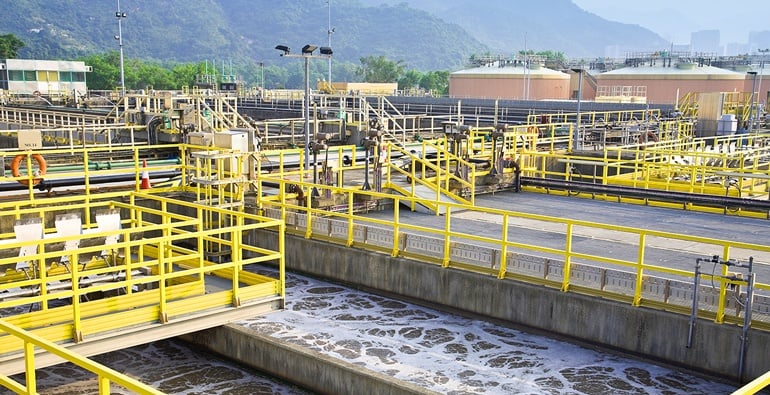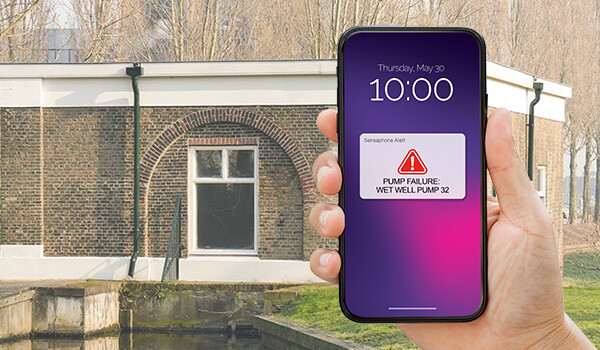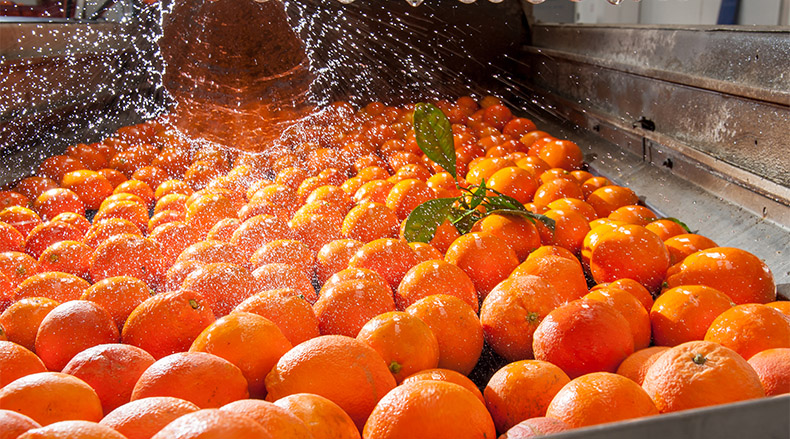
One of the biggest challenges in managing water and wastewater facilities is the need for constant oversight and real-time visibility. These facilities must deliver safe drinking water and prevent environmental contamination. Continuous monitoring of conditions such as pump status, flow rates, equipment function and tank levels is essential.











